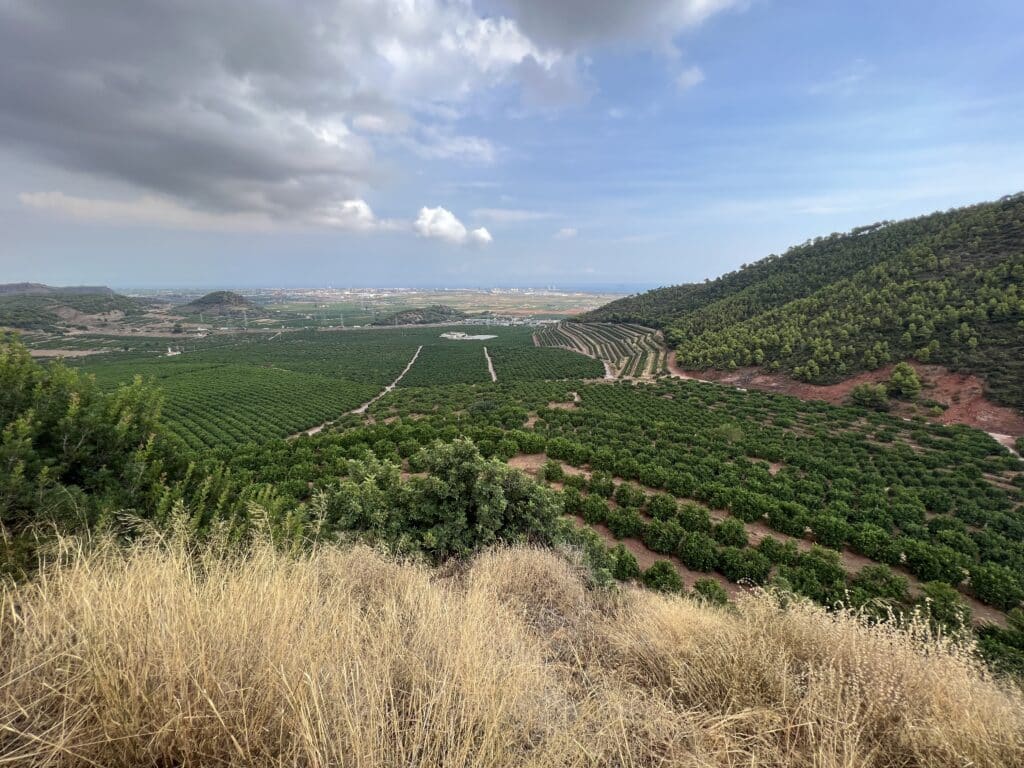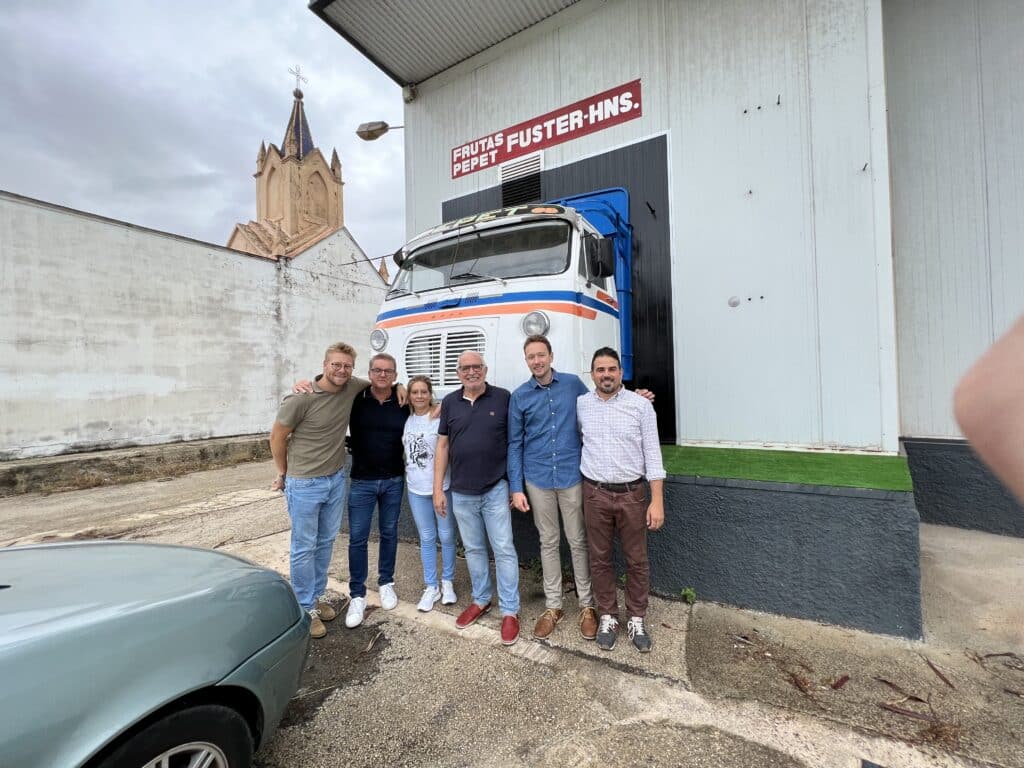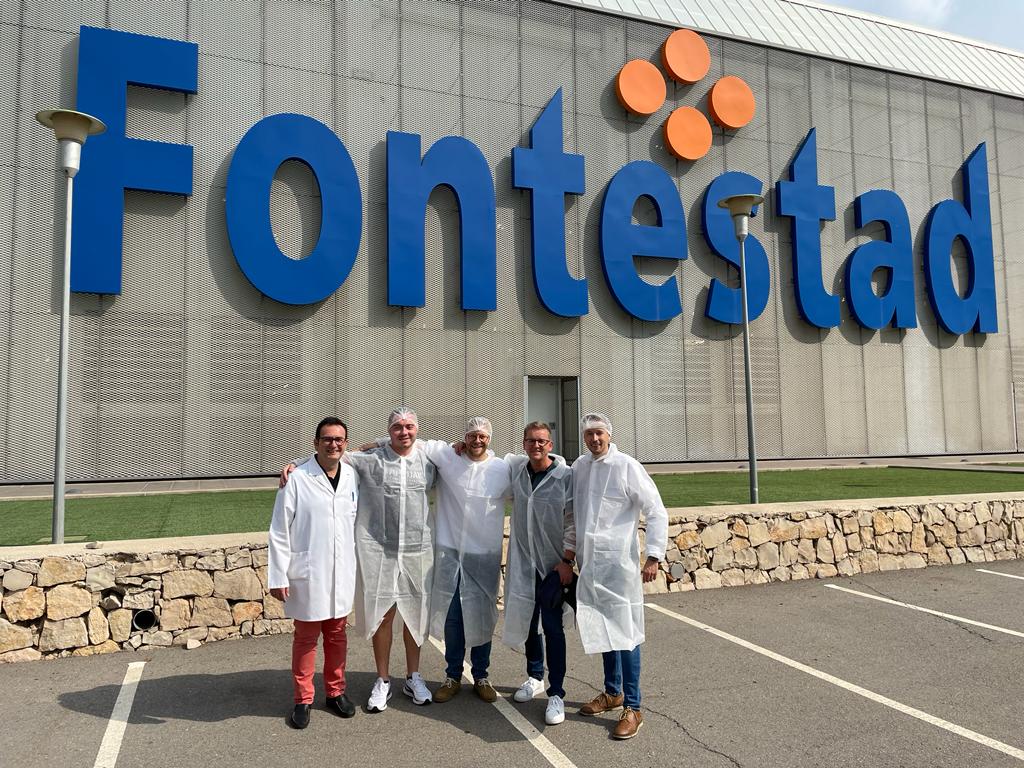Our colleagues Jörg Wilhelm, René Ombelet, Aitor Esteve and Edgar Ziborius went on a trip to Spain in September to visit various suppliers of our company. There are many different reasons for visiting our partners. The last visit took place in 2019 – also because of Corona.
Our buyers and sellers regularly visit our producers at the beginning of the season. While our employees are in daily contact with them, it is of course very important to us to maintain a personal relationship that does not only exist over the phone.
They visited a total of 5 producers over 5 days in the Valencia region and talked about the development of the fruit, the expected calibres and quantities and about new installations, whether on the plantation or in the packing house. These discussions are fundamental, as they give our buyers and sellers a better preview of the coming season. Apart from that, the goods, in this case oranges and clementines, are of course tasted – green (!) but ripe, because they only get the colour orange in the ripening chambers at the beginning of the season. Later in the season, nature regulates their beautiful colouring, thanks to the coolness at night. Whether ripening chamber or not – both prove to be tasty.
This is one of the things our colleagues took away from their trip:
A big thank you goes to our long-term partners who showed our colleagues around their plantations and production sites with a lot of trust and hospitality. Many things were presented and offered to them, including an exciting and environmentally friendly pest control method (click here for more information). In addition, René, among others, was allowed to lend a hand when an order was packed for Llombart. It quickly became clear that every move had to be perfect, precision was required!
As in other areas, warehouses are increasingly investing in machine solutions. Our producers are largely forced to follow suit here in order to remain efficient. Efficiency is inevitable, and space is also saved in this way. For example, everyone now uses a special quality scanner that weighs a clementine, calibrates it, sorts it for skin defects and colour, pests, mould and dryness. The machine checks all this in a matter of seconds using 20-30 photos.
Scientific experiments are often carried out on the fincas, e.g. various “rootstocks” (click on the link to find out more) are used. Here, a young plant is connected to a stem that has already been grown somewhat larger. This is also called grafting. It is also done on branches within some trees – so different varieties often grow on one tree for testing purposes. In the best case, the plant becomes more resistant and the fruit more durable and, above all, tastier than its genetic predecessors.


